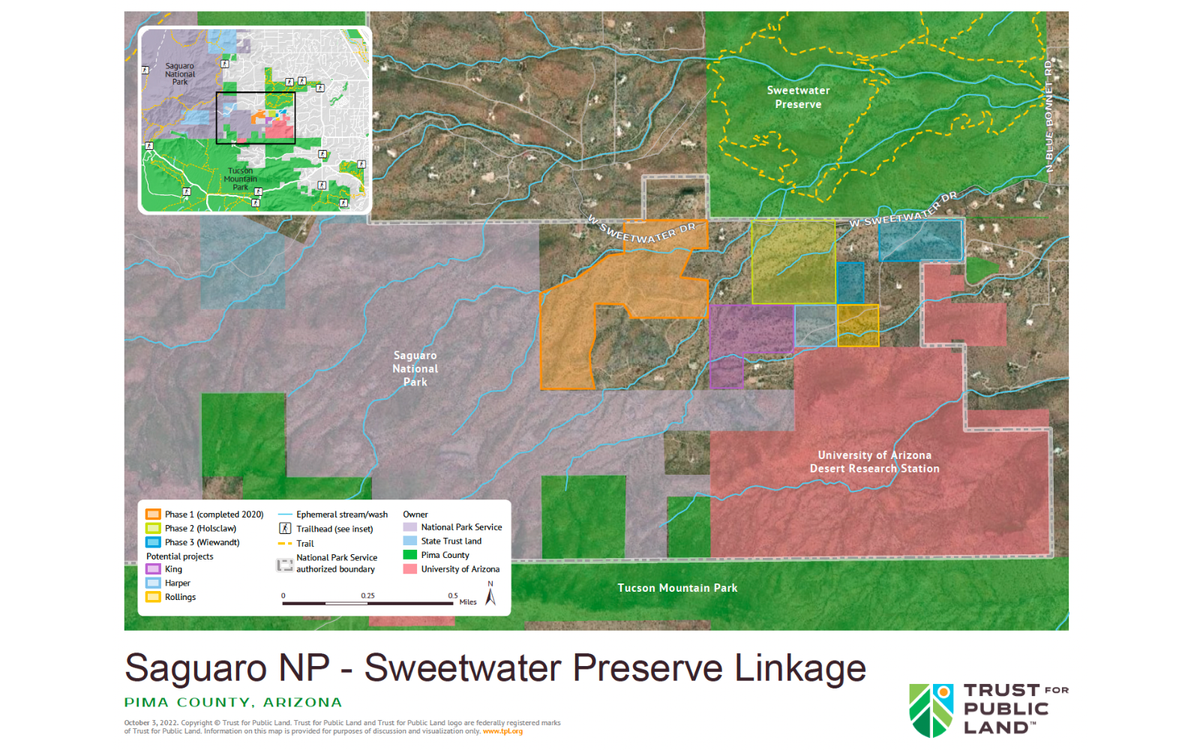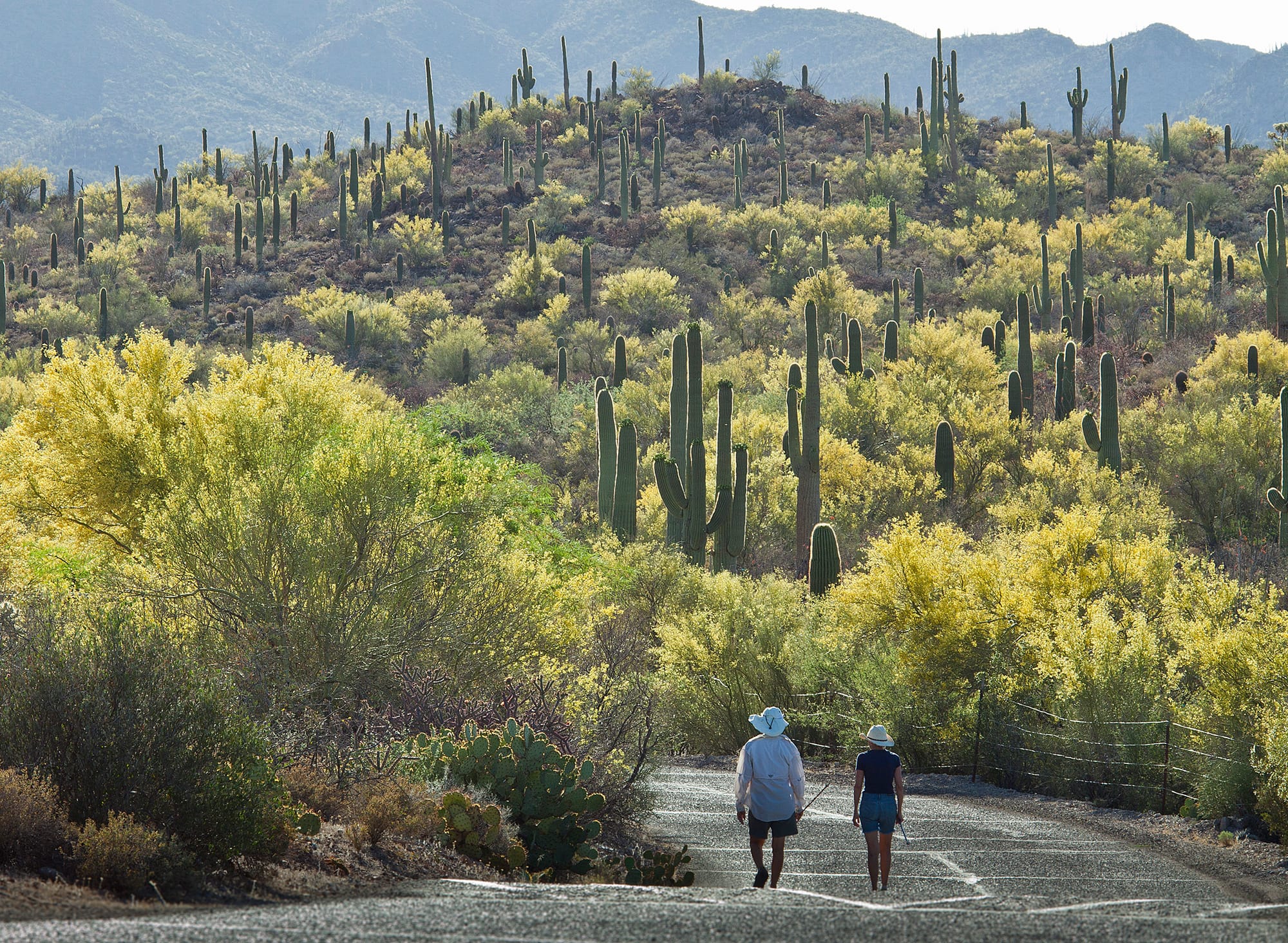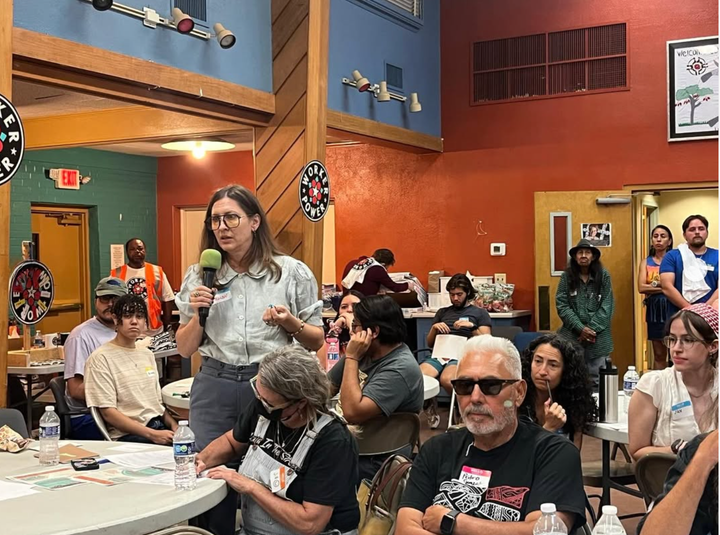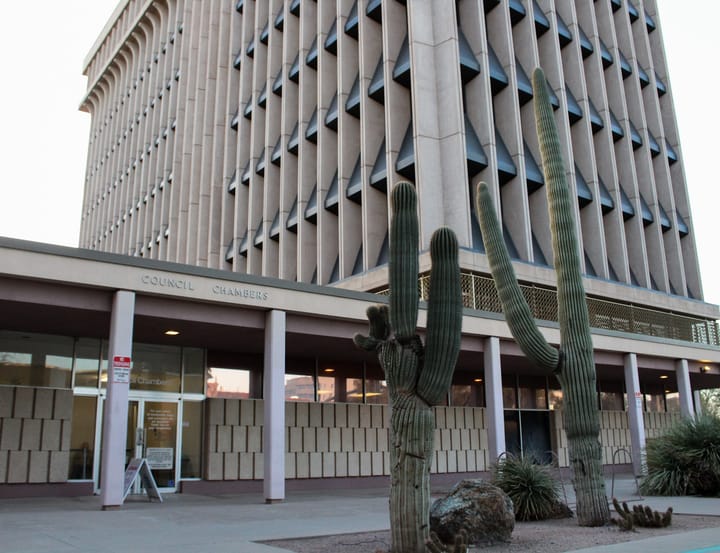47 acres added to Saguaro National Park near Sweetwater Preserve
Saguaro National Park has expanded by 47 acres in the foothills of the Tucson Mountains, creating a vital wildlife corridor and strengthening ties to nearby Sweetwater Preserve.

A key stretch of desert between Saguaro National Park and Sweetwater Preserve is now officially protected, thanks to a 47-acre land acquisition aimed at improving connectivity and strengthening public access to Southern Arizona’s iconic landscapes.
The expansion includes two properties in the foothills of the Tucson Mountains that officials say will also increase safety for area wildlife.
“The primary value of this land is to provide crucial habitat connectivity for wildlife, such as desert tortoises and mountain lions, to other protected areas like Sweetwater Preserve,” said Elizabeth Hudick, Saguaro National Park’s interpretation, education and outreach manager.
The park partnered with Pima County, the Trust for Public Land and the Southern Arizona Hiking Club for the expansion.
The Trust for Public Land is a nonprofit that works to connect people to the outdoors. Since 1972, it has helped protect more than 4 million acres of public land, including securing the land acquisition for Sweetwater Preserve in the early 2000s.
Since 1993, the trust has helped protect more than 2,300 acres in and around Saguaro National Park. These latest additions mark the fourth and fifth in the past decade and bring the park’s total area to 92,000 acres.
The park attracts more than 1 million visitors each year and offers more than 190 miles of hiking trails. The newly protected areas will become part of the western region of the park.
This expansion is part of Pima County’s Sonoran Desert Conservation Plan, which balances conserving natural resource heritage with a fiscally responsible community, said Michael Patrick, senior project manager for the Trust for Public Land.
“The whole idea was there is a gap that exists in this private land that lay between Sweetwater Preserve and where the national park was on that west side,” said Patrick.

The trust purchased the parcels through the Land and Water Conservation Fund—which reinvests government revenue from offshore oil and natural gas into natural resources — and with funding from the Southern Arizona Hiking Club.
“We are interested in access to public lands and have been for many years,” said club member James Turlap, who said the club was eager to help when the trust reached out.
He said the expansion not only helps preserve the environment for native plants and animals, but also provides recreational spaces for people to hike, ride bikes and more.
The club formed in 1958 and is one of the longest continuously operating hiking clubs in the Tucson area, boasting about 1,000 members.
“We have about 100 hikes a week,” said Turlap, who joined the club in 2000.
He hikes every week and has explored 400 separate peaks, earning the club’s maximum peak award. Turlap said he thinks people can benefit physically and psychologically from public spaces.
“We need connection with nature because we’re a part of nature,” he said.
Patrick and Turlap said the longest part of this project was reaching out to private landowners and navigating the legal hurdles that come with purchasing private land.
The park does not plan to construct trails or roads on the new acquisition in order to preserve the environment for native plants and animals.
“There needs to be a balance between development and then also protecting our natural resources,” said Patrick.
Arilynn Hyatt is a journalism major at the University of Arizona and Tucson Spotlight intern. Contact her at arilynndhyatt@arizona.edu.
Tucson Spotlight is a community-based newsroom that provides paid opportunities for students and rising journalists in Southern Arizona. Please support our work with a paid subscription.




